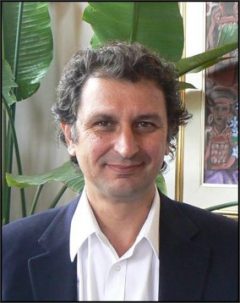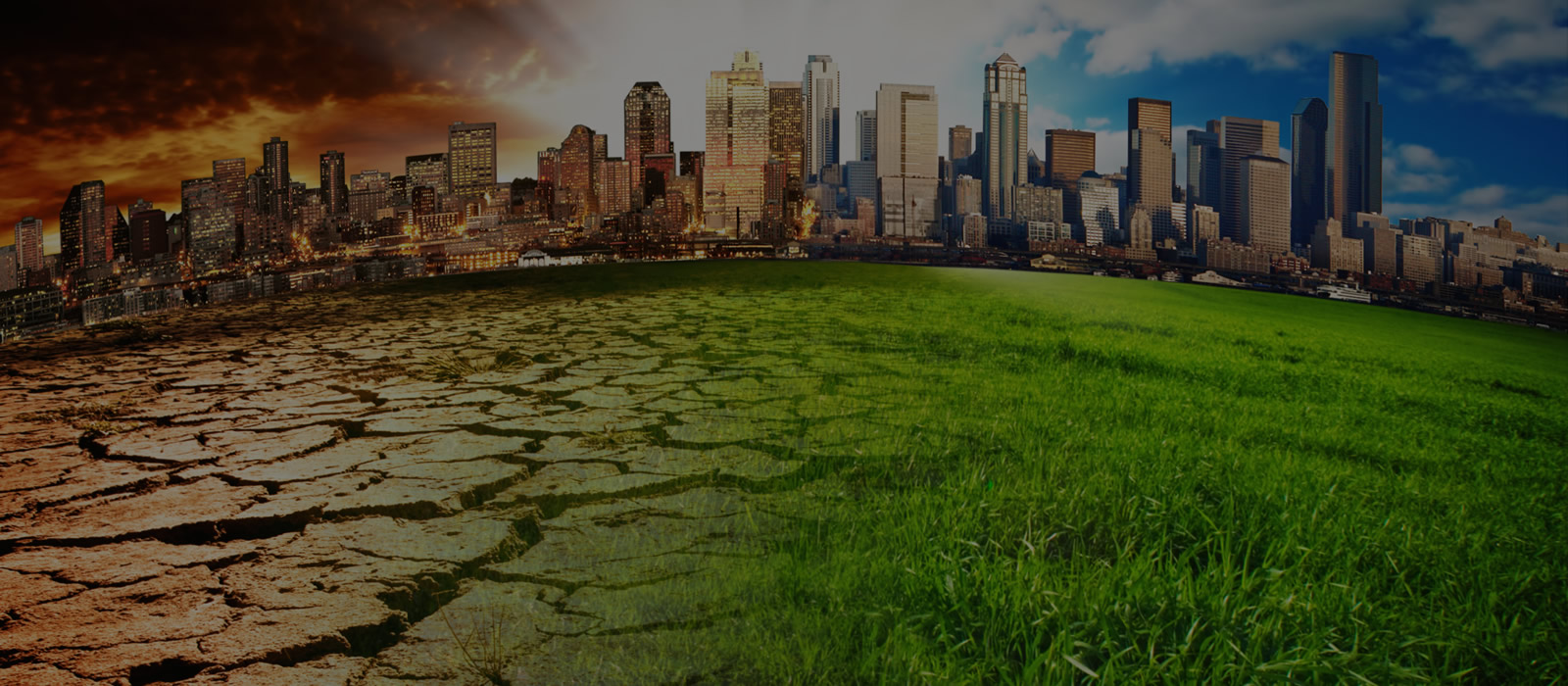Speaker: Peter Tsantrizos
Date: November 5th, 2020
 Dr. Peter Tsantrizos was born in Athens, Greece. He is the founder of Terragon and serves as the company’s President and Chief Executive Officer. He has a Ph.D. in Chemical Engineering from McGill University and 23 years of experience in leading a high technology company. Dr. Tsantrizos is the inventor of 18 patented technologies and has successfully commercialized technologies for both the production of advanced materials and the generation of resources from waste. His work has received multiple awards, including two Lloyd’s List Awards, and Dr. Tsantrizos was awarded the Senate of Canada 150 Medal in 2017. His previous work experience includes developing plasma technologies for the production of advanced materials for Canada’s National Research Council and leading the Advanced Materials Program at the Norada Technology Centre.
Dr. Peter Tsantrizos was born in Athens, Greece. He is the founder of Terragon and serves as the company’s President and Chief Executive Officer. He has a Ph.D. in Chemical Engineering from McGill University and 23 years of experience in leading a high technology company. Dr. Tsantrizos is the inventor of 18 patented technologies and has successfully commercialized technologies for both the production of advanced materials and the generation of resources from waste. His work has received multiple awards, including two Lloyd’s List Awards, and Dr. Tsantrizos was awarded the Senate of Canada 150 Medal in 2017. His previous work experience includes developing plasma technologies for the production of advanced materials for Canada’s National Research Council and leading the Advanced Materials Program at the Norada Technology Centre.
Presentation
Even before the outbreak of the 2020 Covid-19 pandemic, our world was facing many challenges, including climate change, biodiversity loss, and pollution. In response, many countries, including Canada, are using pandemic recovery efforts as an opportunity to build back better and promote more sustainable energy, transportation, food production, and waste management systems. This presentation focused on the waste management aspect of this transition to a more sustainable future, and how technology can enable a more effective and cleaner waste management system in Canada.
Canadians produce more waste per capita than anyone else in the world. Yet our current waste management systems are extremely inefficient: there is a separation of those who produce waste from those who process and manage the waste. This leads to a system in which those who produce waste are often not cognizant of the magnitude of waste they are producing or incentivized to reduce it. Dr. Tsantrizos argued that the solution is to create a system in which waste is produced and managed within one habitat (community, apartement building…etc.).
There are essentially five types of waste which we produce regularly: things that can be composted, recycled, or used as energy, and greywater and blackwater. In a total resource use (TRU) habitat, all of this is used locally and nothing is rejected as waste. If done properly, a TRU habitat can use this waste to produce energy and clean water, as well as support local food security.
A sustainable world centres around the community. Dr. Tsantrizos brought up the concept of Autonomous Resilient Communities (ARC); communities which are able to generate and manage their own energy, water, and food with no waste. This is ultimately what we should be striving for when we move towards more sustainable systems. Since there are already technologies available for composting and recycling, Terragon’s efforts have focused on the other waste streams, namely, waste that can be used as energy and wastewater.
To more effectively manage waste which could be used as energy, Terragon developed the micro-auto gasification system (MAGS) technology. MAGS operates through putting waste into a gasifier, producing biochar and syngas. The biochar from this gasification process can be used as a fertilizer to increase the production capacity of agriculture. The syngas produced goes on to be burned in a combustion process, producing hot exhaust. This hot exhaust is then used to heat the gasification process, making the system self-sustaining (auto-gasification). The exhaust is then filtered and the heat is removed and used to heat water, which can in turn be used as a final product or for space heating. MAGS is used in a variety of markets, but Terragon is specifically targeting four markets: marine, urban and rural communities, military, and industry. One key market these technologies are especially appropriate for is the cruise ship industry. This is because there are already challenges associated with waste management on these ships, which have limited space and large populations.
For water waste, Terragon has developed a technology called WETT: wastewater electrochemical treatment technology. WETT is a system that cleans and allows for the reuse of water through advanced electrochemistry. It significantly reduces the amount of water consumption and eliminates dirty water discharge through replacing the inefficient and wasteful “one pipe in – one pipe out” water technology currently used. Instead of using one source of clean water to drink, flush the toilet, and water plants, WETT manages water according to its purpose. For example, taking greywater (e.g. from washing dishes or clothes) and cleaning it and then re-using it to flush toilets. This targeted cleaning and reuse of water can reduce water consumption by 60%.
These technologies are also linked to food security. For example, Terragon’s technologies are being used in the northern community of Hay River (Northwest Territories) to convert waste into the primary resources needed to produce fresh food locally. Biochar from MAGS and the compost produced locally is used to create fertile soil and heat. WETT is also used to treat groundwater in the area, which often contaminated. This fertile soil, heat, and clean water supports local agriculture and ensures that residents have fresh food available as well as creating local jobs.
Discussion
Q: What pricing of waste would be required for your technology to be competitive with current approaches to waste management? Would this be a helpful approach?
A: Yes, pricing waste could definitely help. Right now, we don’t price resources or the pollution produced from municipal waste management systems. Because of this, Terragon’s technology cannot be cost competitive with these traditional systems in most applications. That being said, there are some applications in which MAGS/WETT have the cost advantage. For example, managing biomedical waste and industrial waste can be much more costly, meaning MAGS is competitive. Likewise, WETT is much more competitive in northern communities, where water is much more expensive and thus water savings have much more value.
Q: Does the incineration process produce GHGs?
A: Yes, any combustion process produces GHGs. However, the MAGS system produces much less than current waste management systems.
Q: What kind of barriers are there to the deployment of this technology? Policy barriers? Technical barriers?
A: There are three main barriers to the deployment of this technology. The first is regulations, which don’t support this more localized and decentralized approach to waste management. The second is habits. Most people are used to simply throwing their waste into one bin, and it can be difficult to get people to even do something as simple as segregating waste into different bins. The third barrier is vested interests. Waste management is dominated by a handful of firms which have an interest in the continuation of the current system.
Q: How much technical and local know-how is needed for the operation and maintenance of these technologies? This can be a big concern when introducing new technologies into remote northern communities.
A: This can be a big concern in the north. To address this issue, Terragon implemented a program called the Northern Guardian Training Program to help locals develop the necessary skills. Not all applications of this technology requires support like this. For example, the military has the capacity to train and have in-house professionals managing the technological systems. However, for more remote northern communities or in hospitals, Terragon provides the operation and maintenance services, though day-to-day operation is often done by locals.
Q: Where does the financing and grants to support this come from?
A: Conventional banks will not fund this type of work. They are not risk-takers. However, the federal and several provincial governments have programs which support innovations like this. This includes Sustainable Development Technology Canada (SDTC) and the Clean Growth Hub.
Q: At what scale could these technologies be deployed in the Canadian Arctic?
A: It’s hard to give a definitive answer to this, but Terragon did a study in Iqaluit and found that they could have solved their waste management problem with 12 MAGS. A few years ago, there was a large fire in the Iqaluit dump and it cost about $3.5 million to put the fire out. This is what 12 MAGS would have cost. In Cambridge Bay, 3 MAGS could effectively manage all waste. These systems would also have the further benefits of producing biochar for agriculture and heat.
Q: How much does a MAGS cost? And how is this cost expected to change with economies of scale?
A: Today, a MAGS costs approximately $300,000-$350,000. Right now this cost is very high because each MAGS is produced one at a time, but if this was instead done on an assembly line the cost would more than half. There is a $3.5 billion market available for these technologies, and demand is growing, though the pandemic has slowed progress.
Precis completed by Silke Popescu, MA Sustainable Energy student.
Learn more on Terragon’s website.
